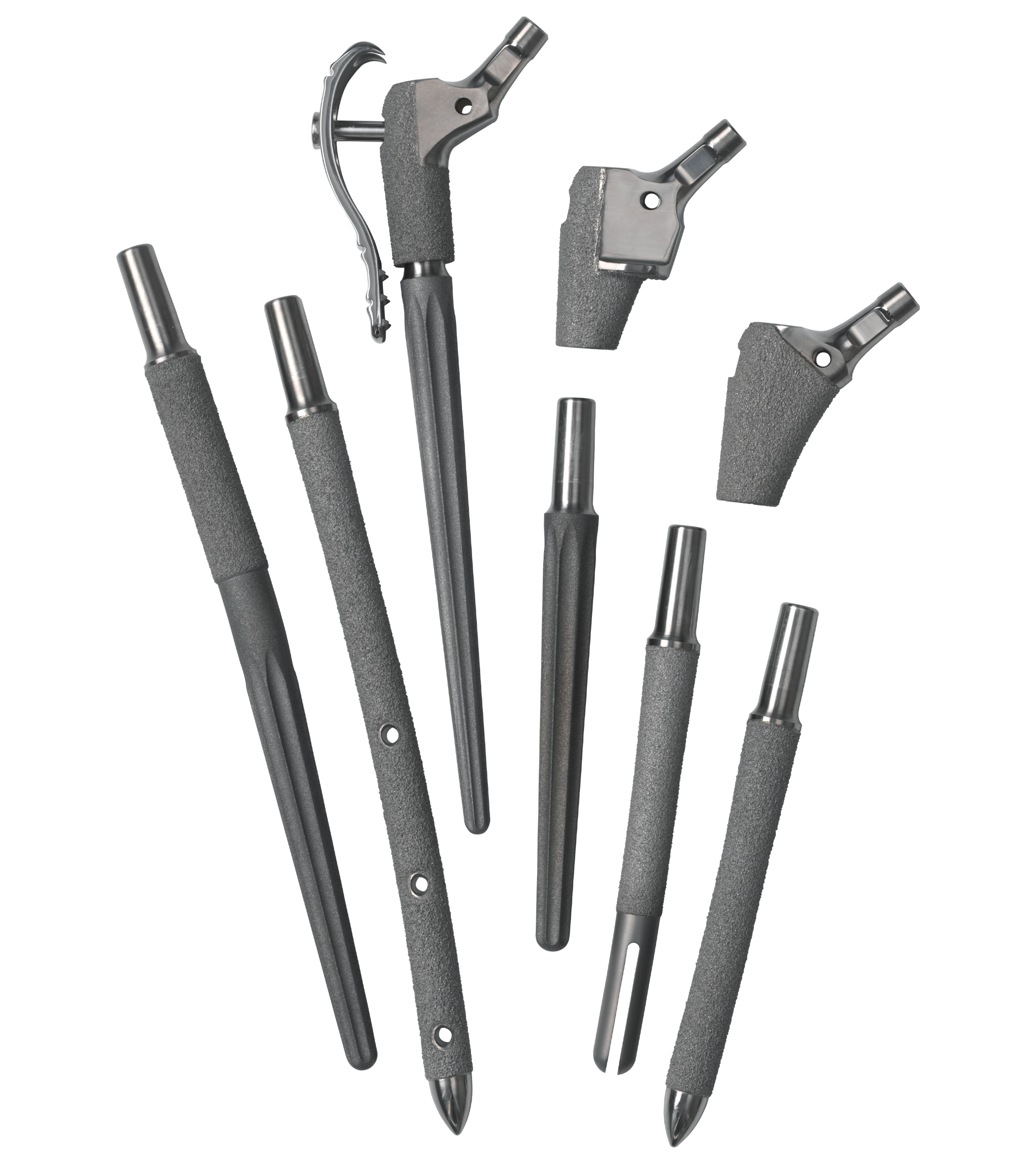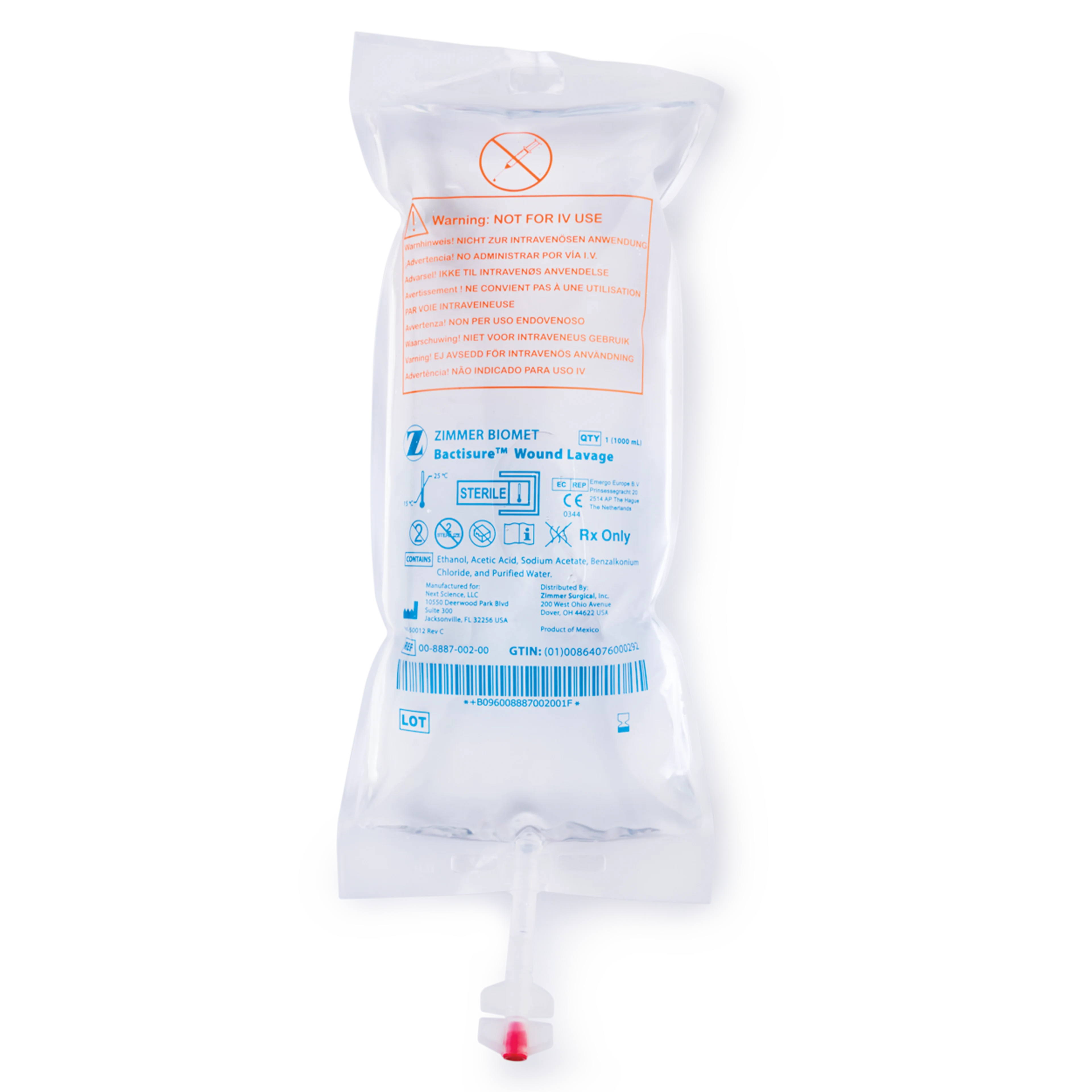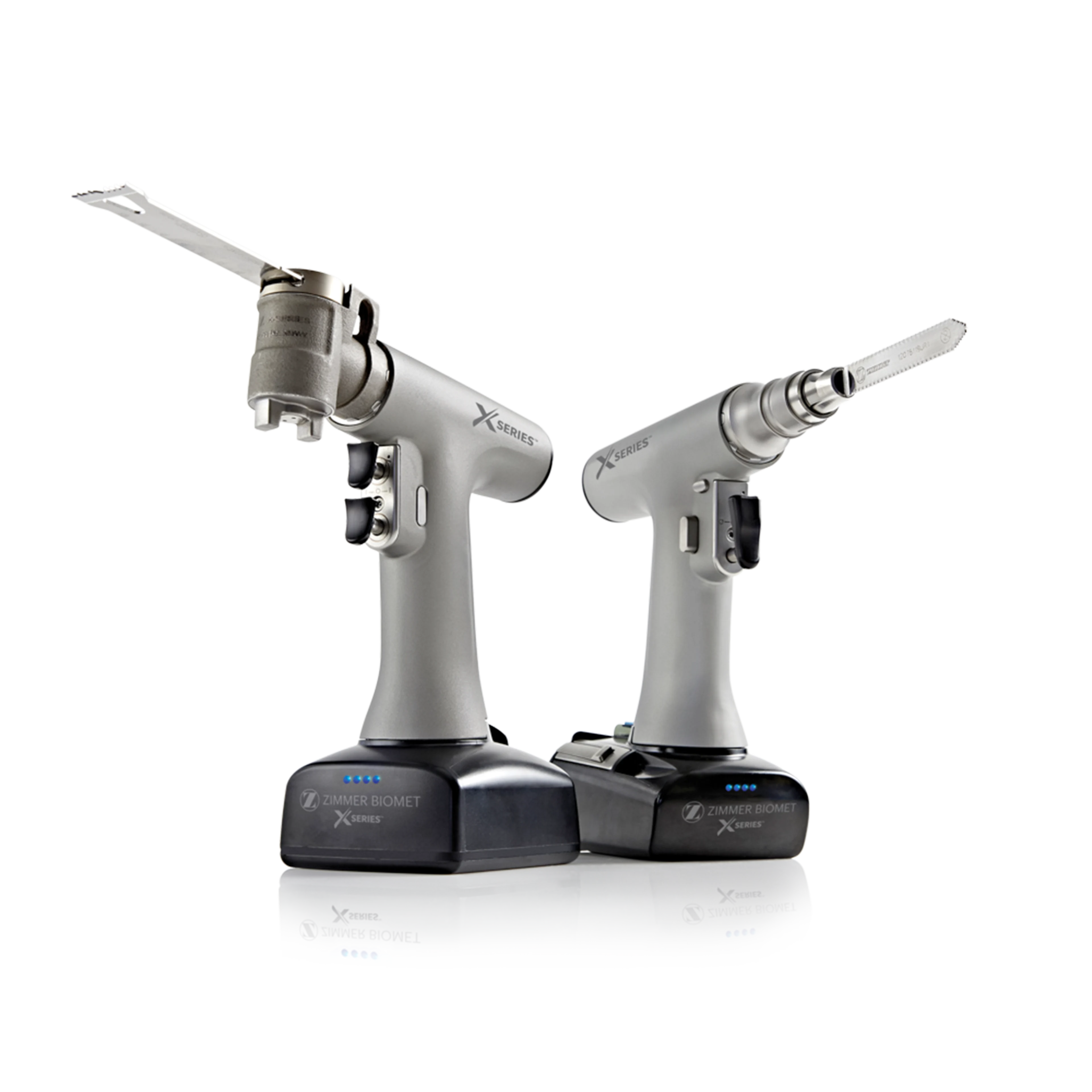Trabecular Metal™ Acetabular Revision System

Trabecular Metal™ Acetabular Revision System
Trabecular Metal Acetabular Revision System (TMARS) combines clinically proven Trabecular Metal Technology1,2,3 with the ability to tailor individualised solutions for each patient. From simple to complex revision arthroplasty, this combination allows for a new level of performance for acetabular reconstruction.
- Clinical Results
Survivorship at 10 years when a TM Revision Shell is used in revision THA.4
- Features
- Shells and Liners
A one-piece construct, created by cementing the liner into the shell, reduces concerns about backside wear.
The low modulus of elasticity of the Trabecular Metal material can produce more normal physiological loading and reduce stress shielding.5
- Cup Cage
Used in conjunction with the Trabecular Metal Revision Shell, the Cup Cage adds stability until biological fixation occurs.
Cementing the Longevity Highly Crosslinked Polyethylene Liners, Cages, and Trabecular Metal Revision Shells together creates a single construct, without concerns of micromotion.6
- Augments and Restrictors
The Trabecular Metal Acetabular Augments and Restrictors fill bone deficiencies as an alternative to preparing and using structural grafts.7
- Buttress and Shims
Work with the revision shell to address extensive superior segmental defects (Paprosky Type IIIA)
Serves as an alternative to allograft, minimising potential for bone resorption or disease transmission
Creates a monolithic construct without concerns for micromotion by using cemented interfaces6
Designed to conserve host bone while implant size, position, and orientation are determined by the defect
- Benefits
- Addresses Range of Deformities
Designed to fit Paprosky Type I to IV acetabular deformities, enabling an algorithmic approach to challenging revisions.8
- Lower Infection Rates
Trabecular Metal acetabular components used in revision THA are associated with decreased rates of re-revision for infection compared to non-TM components.9
- Specifications
- Procedures
Designed for use in revision and primary cases.



